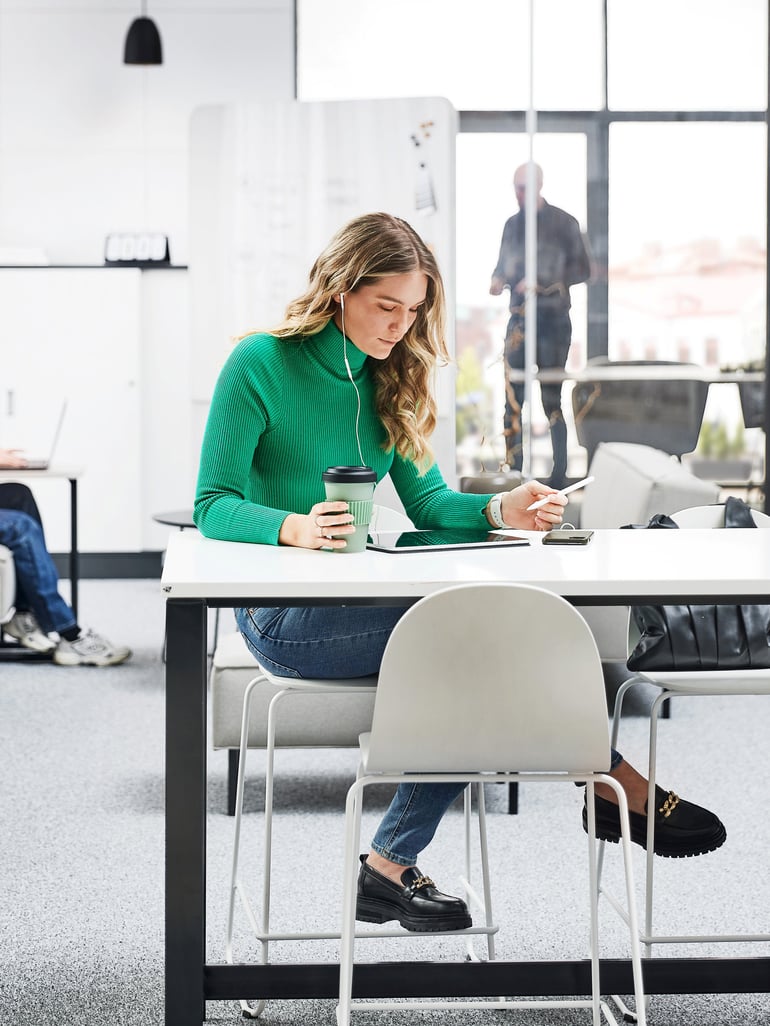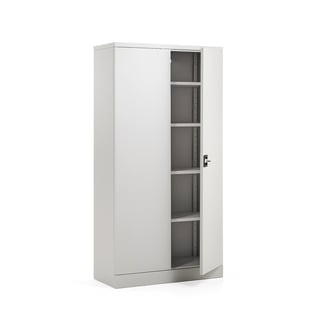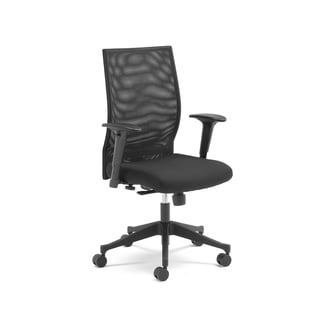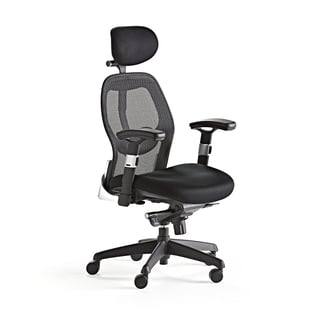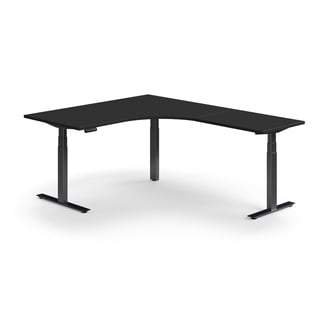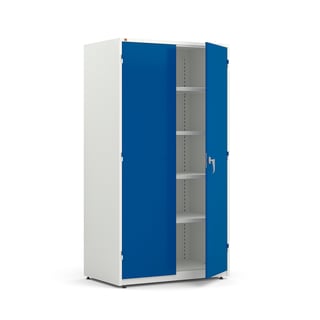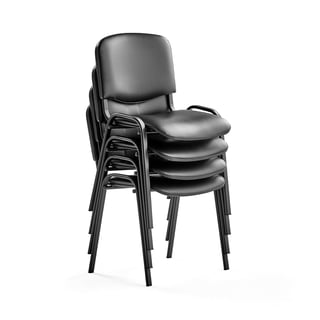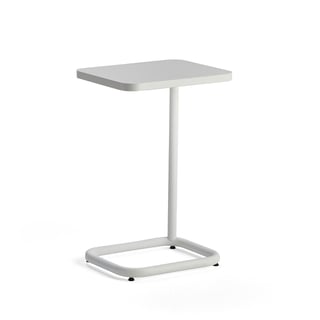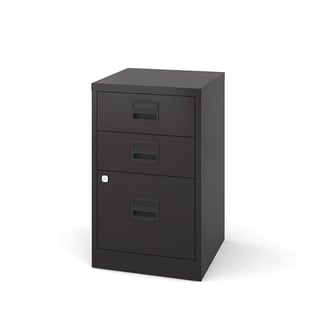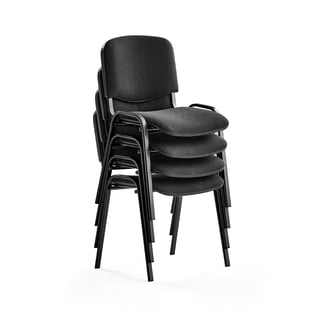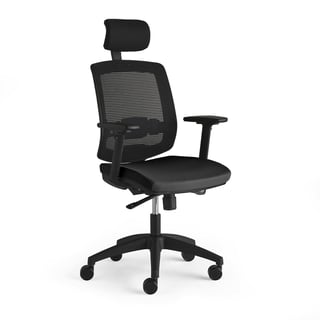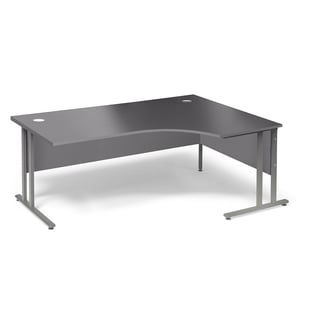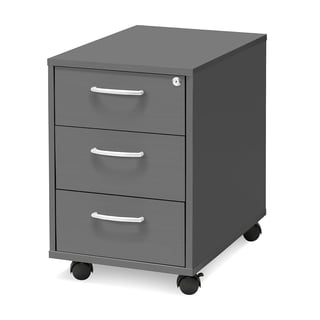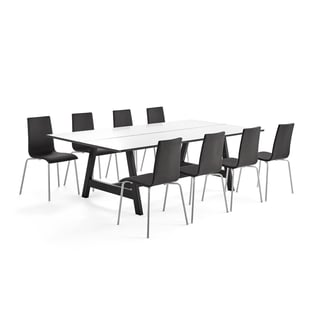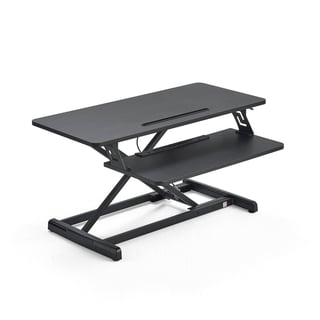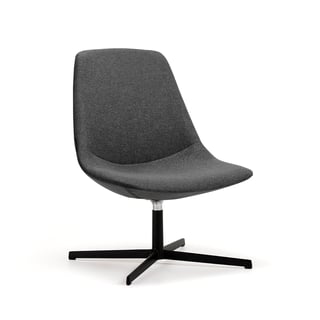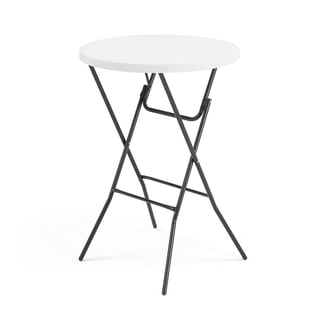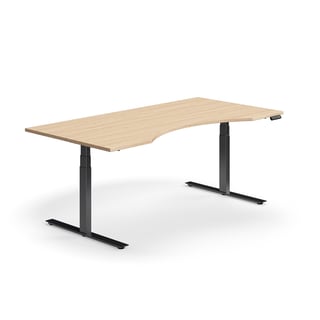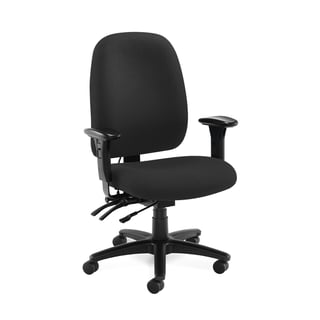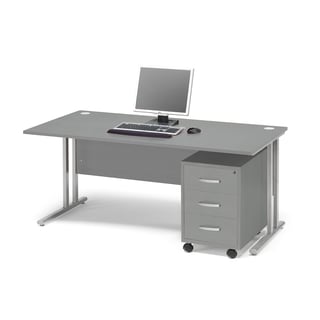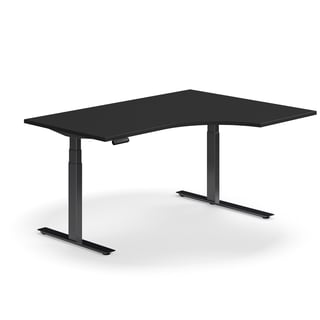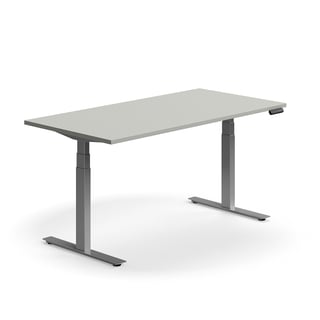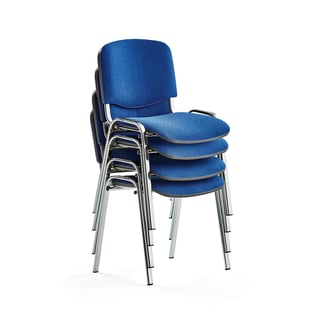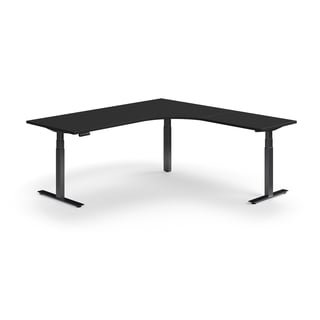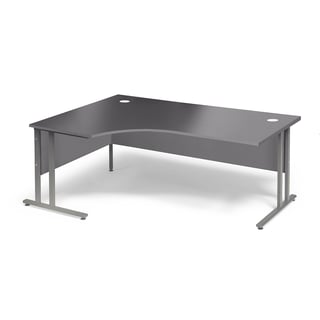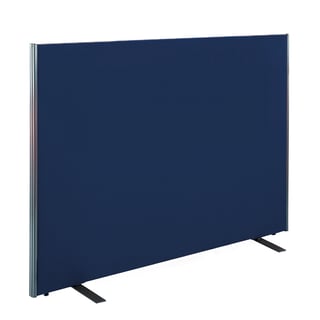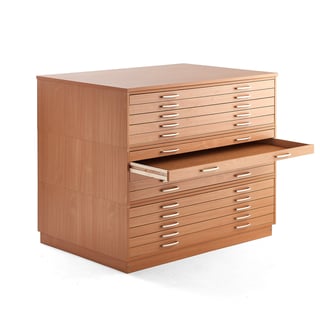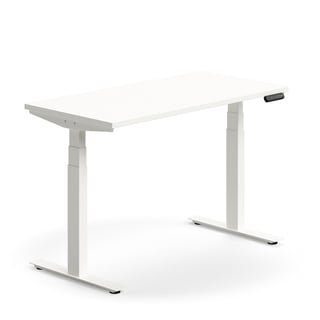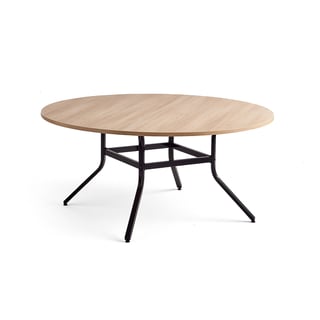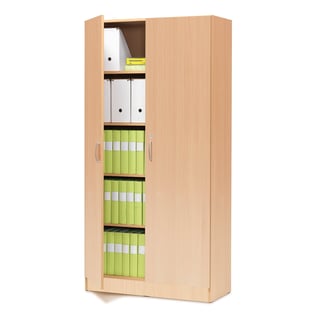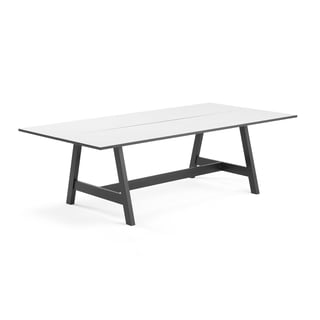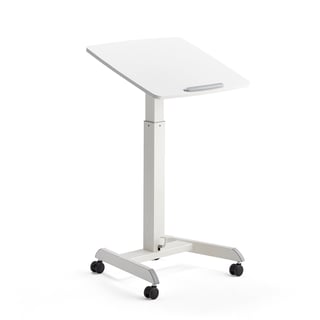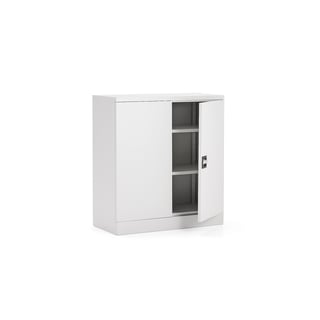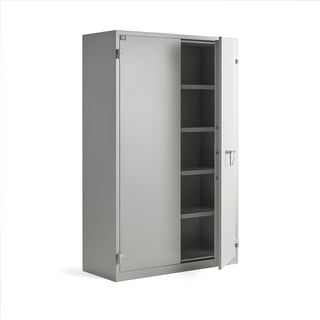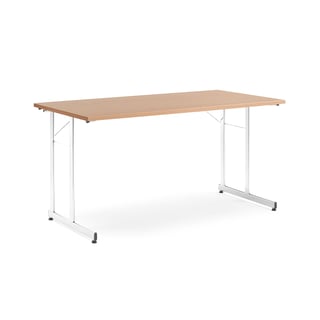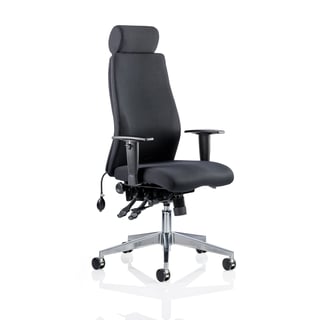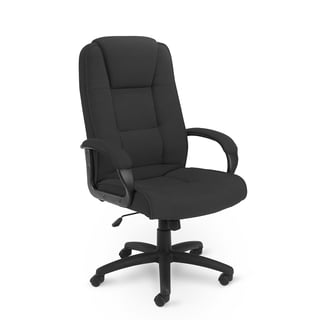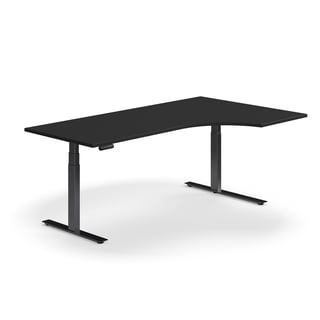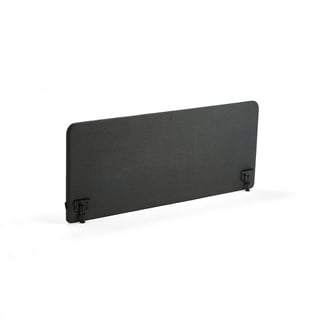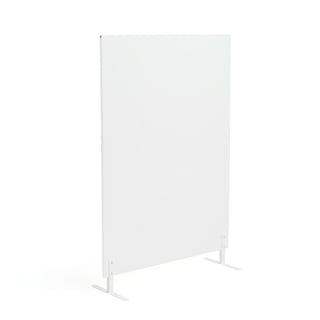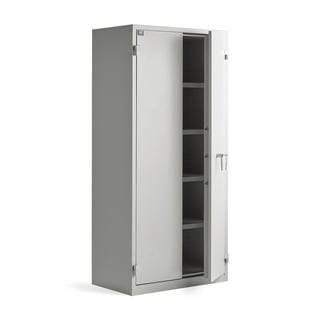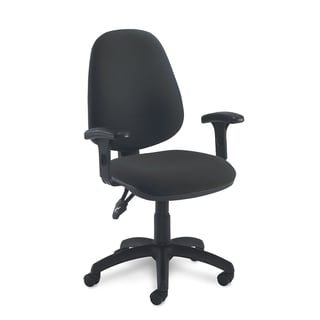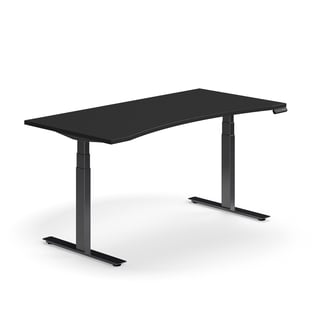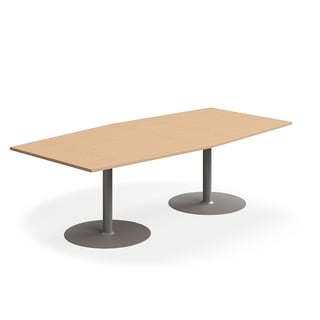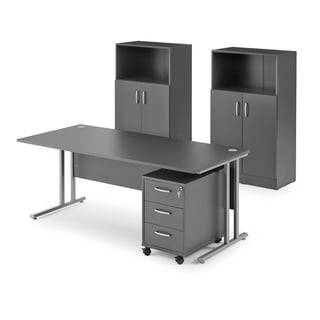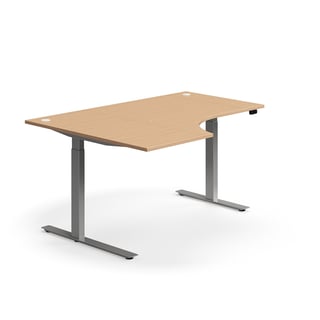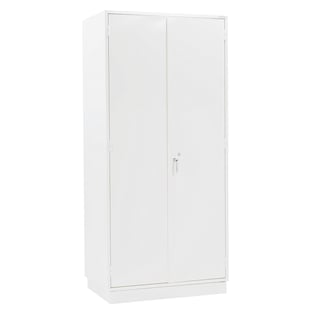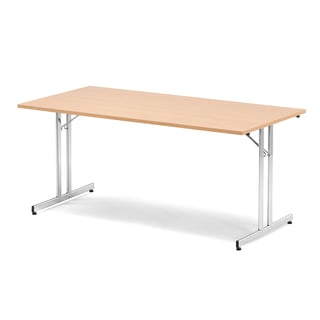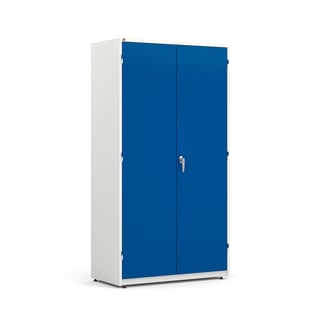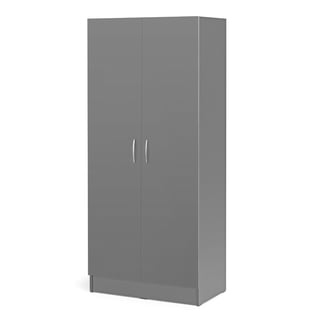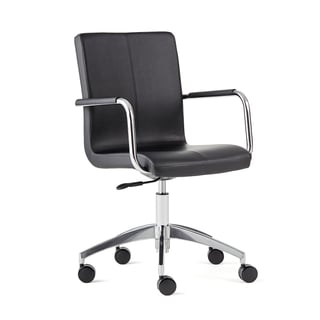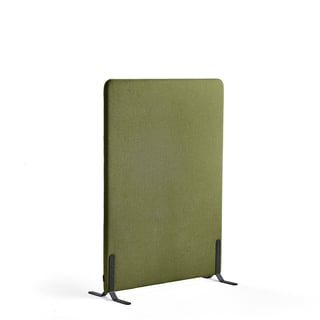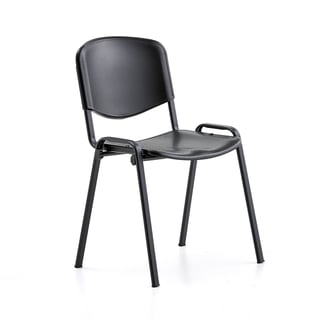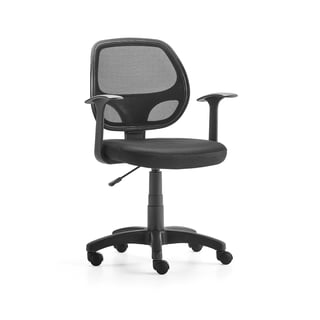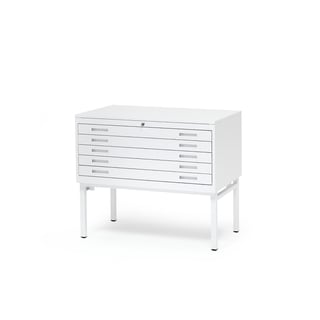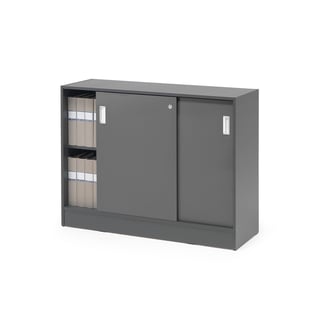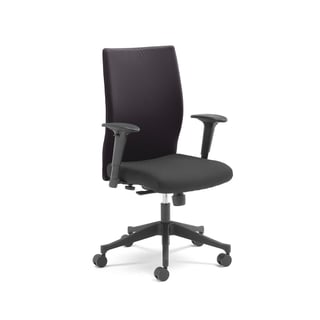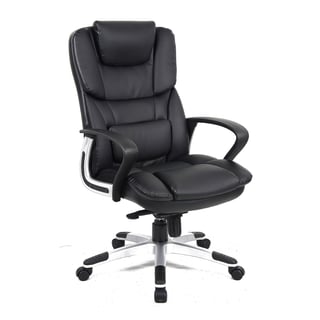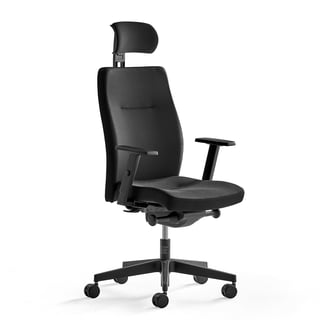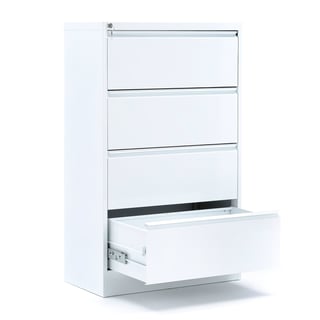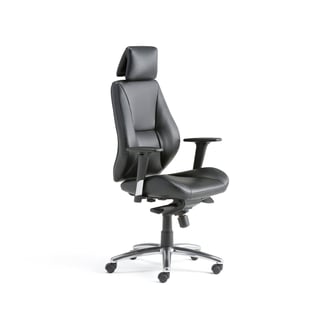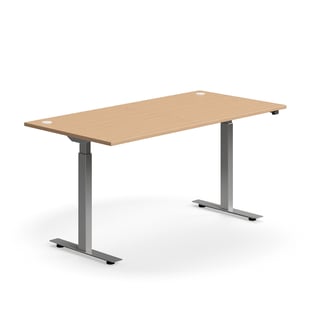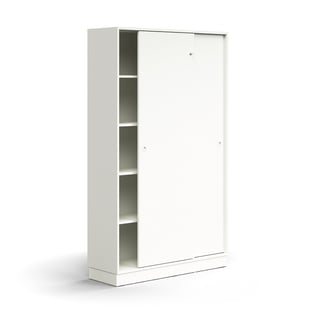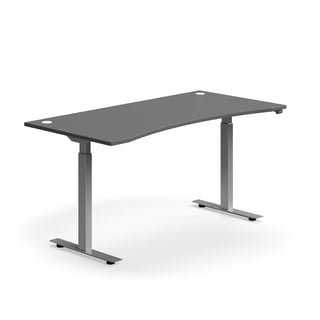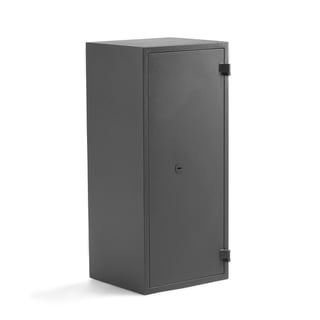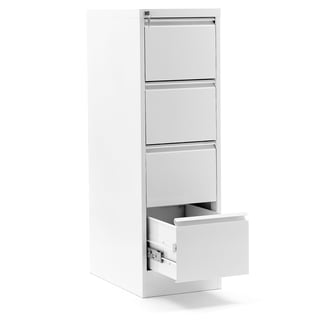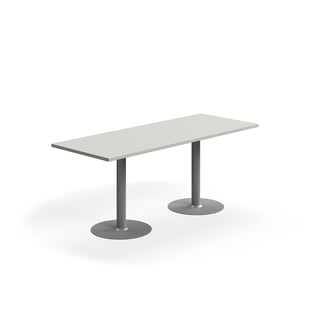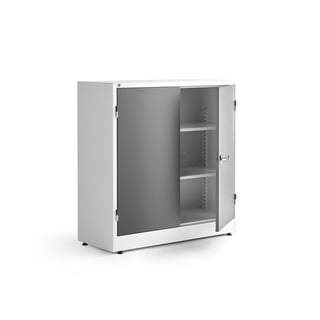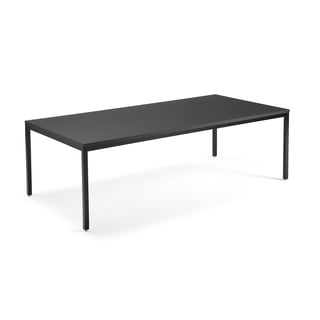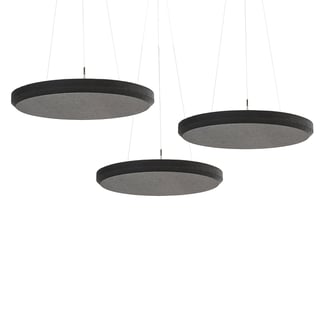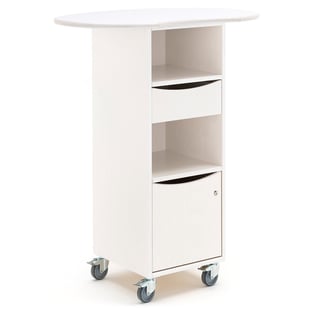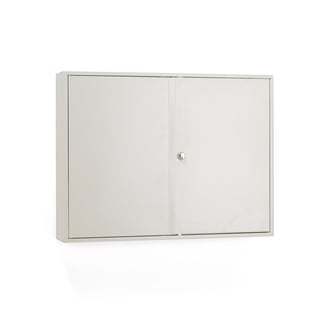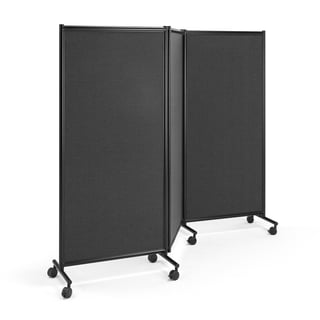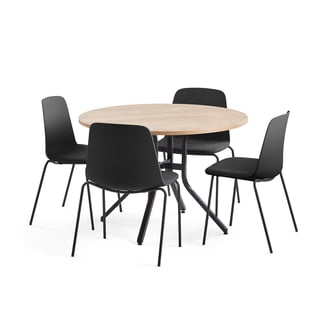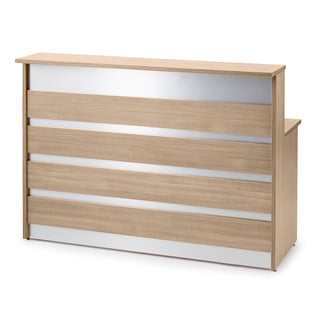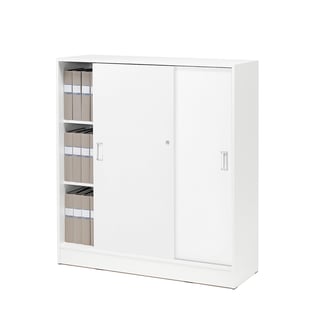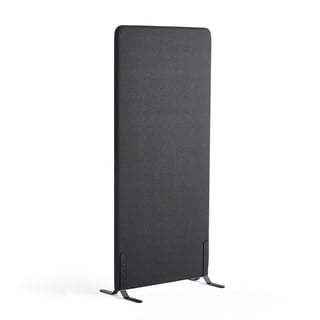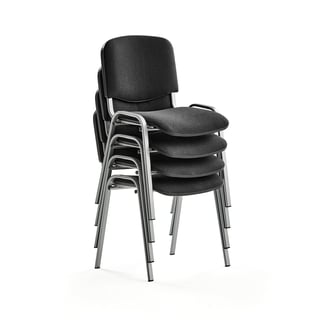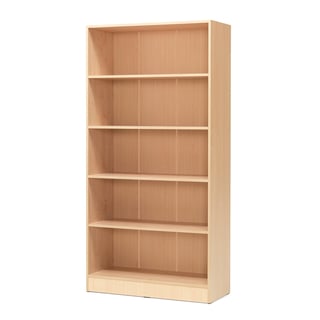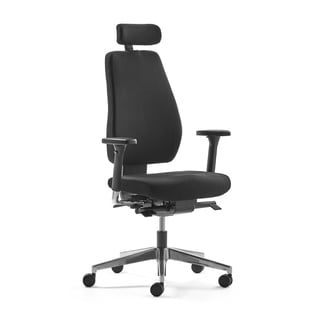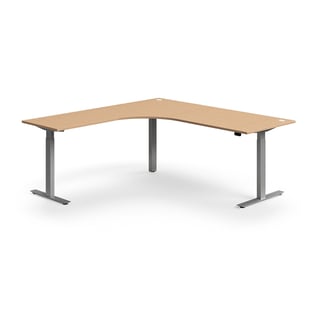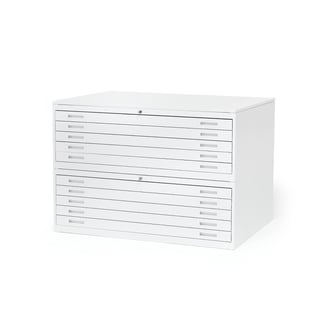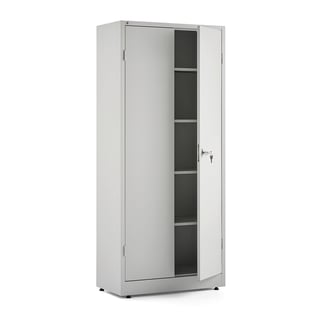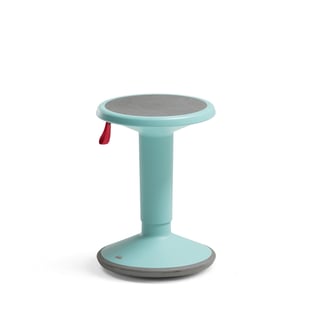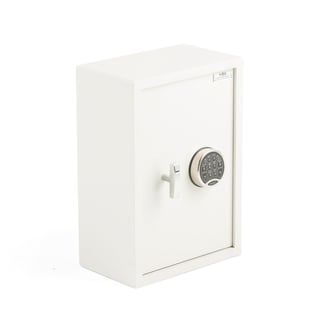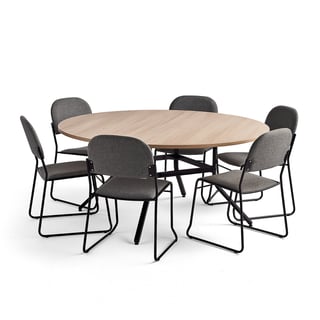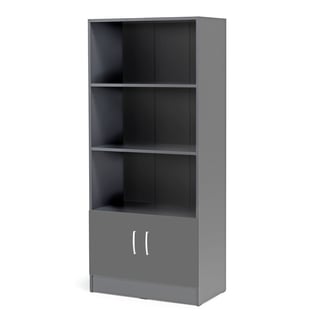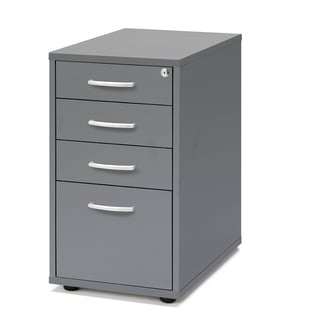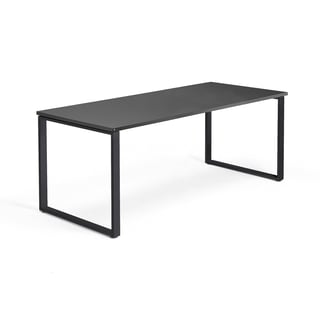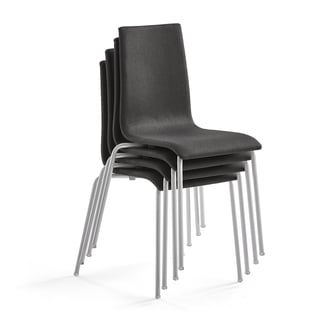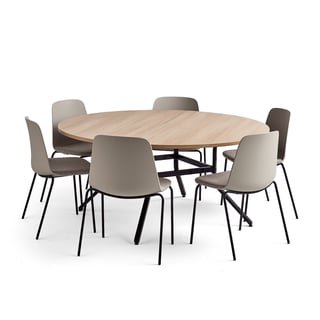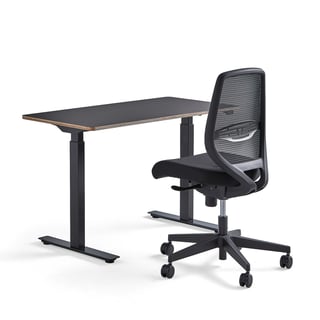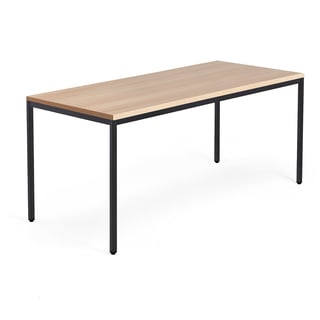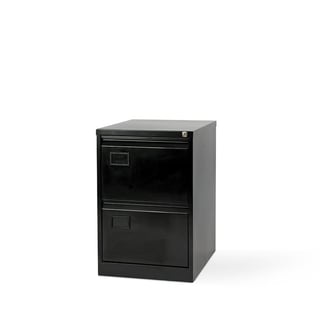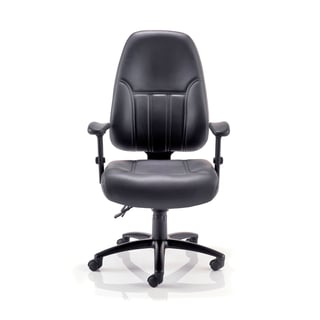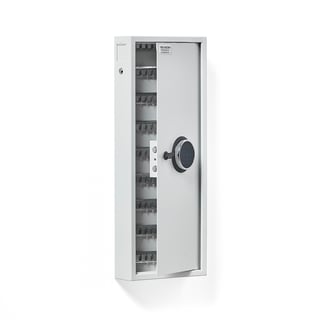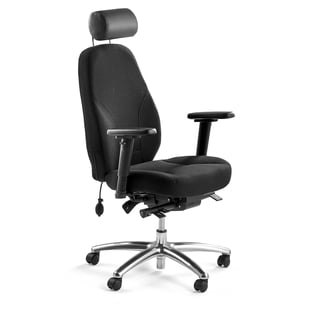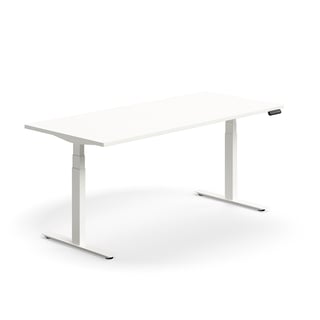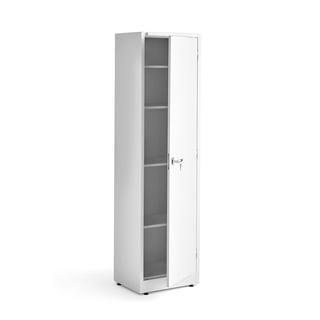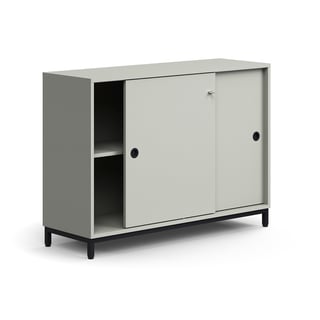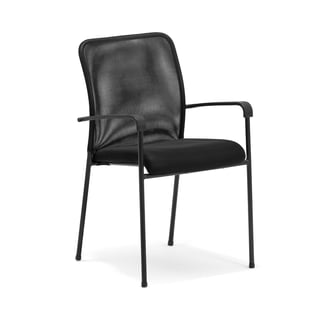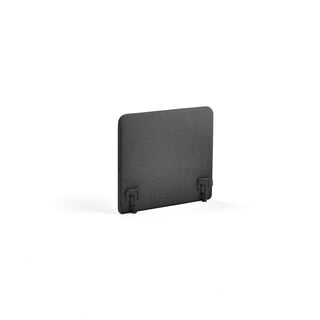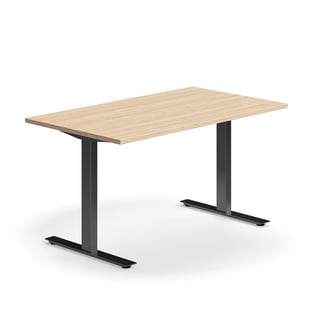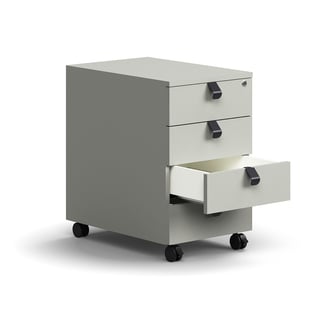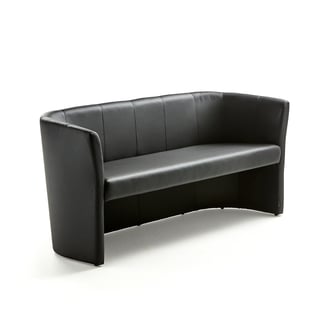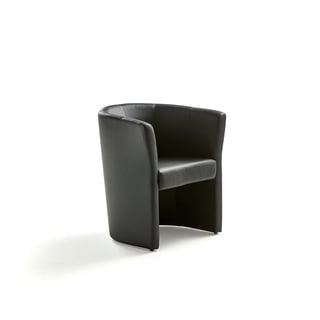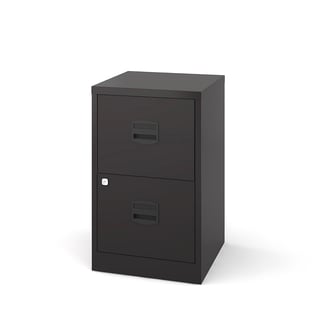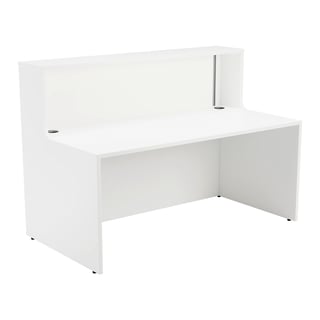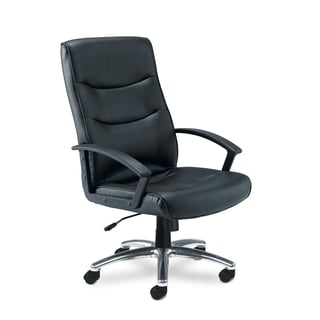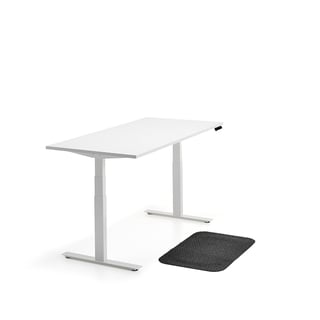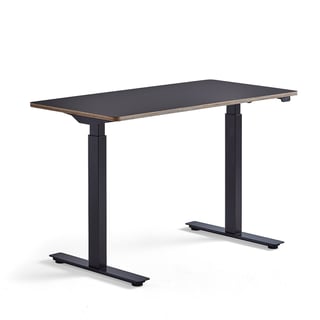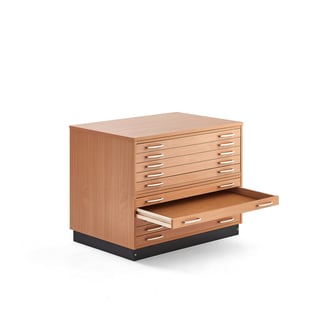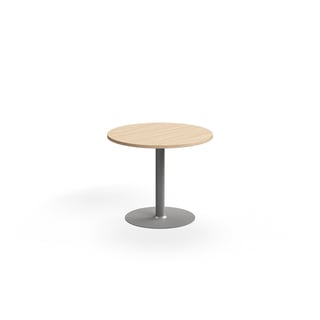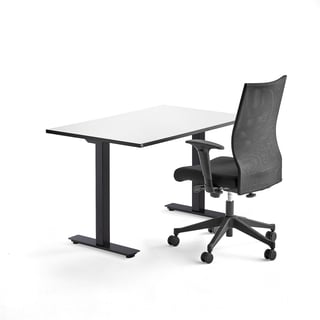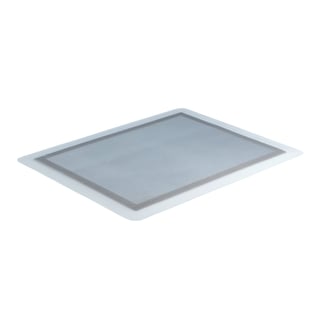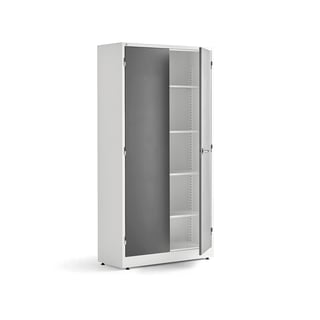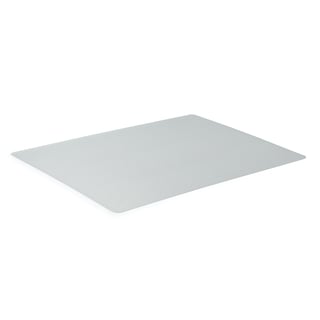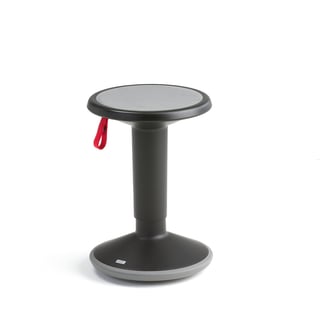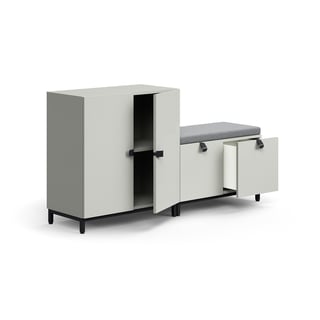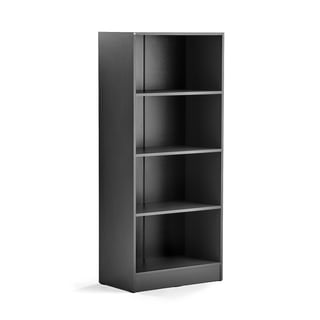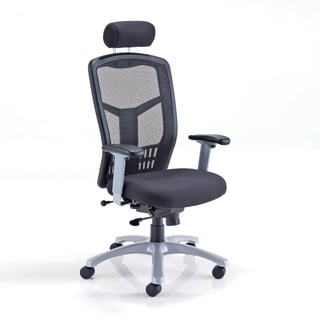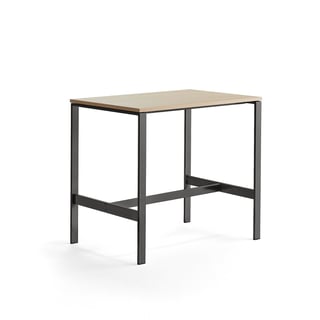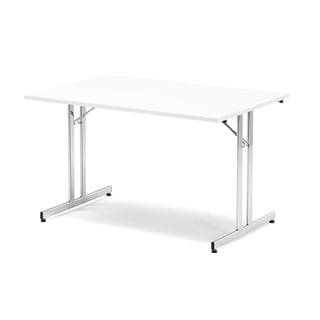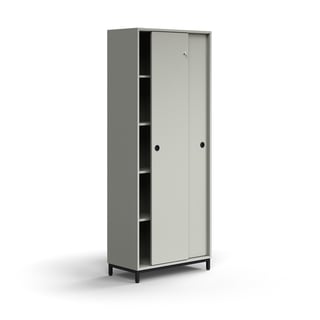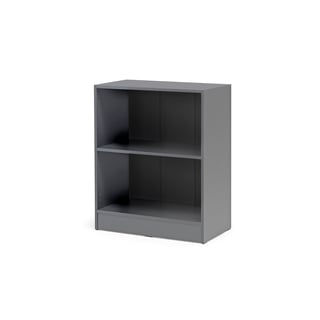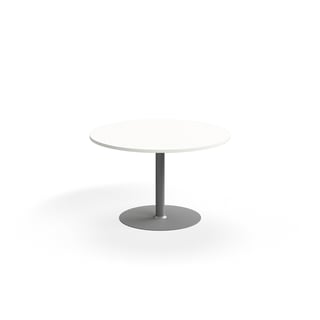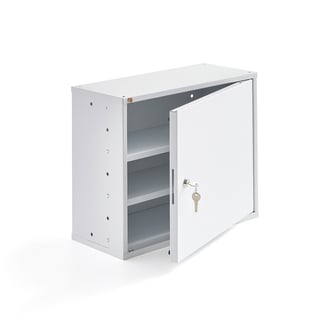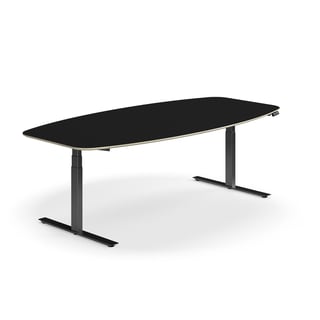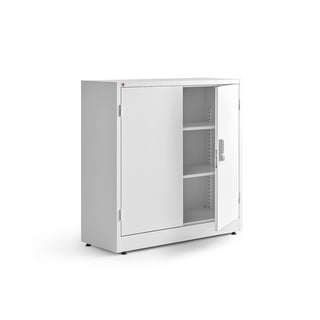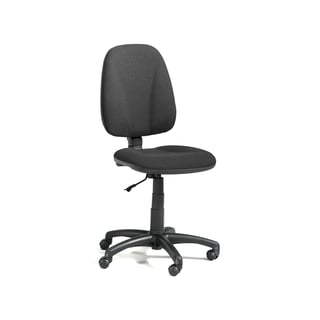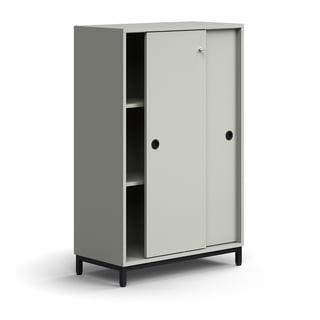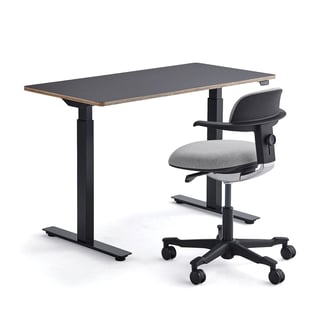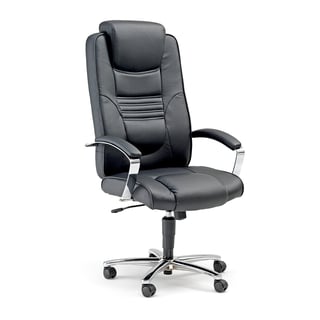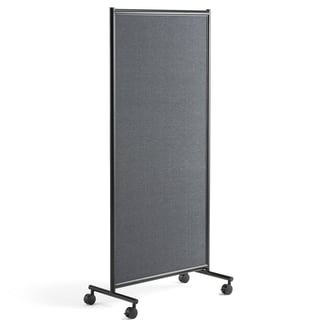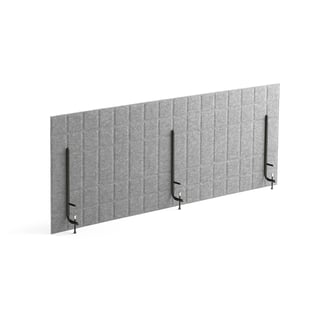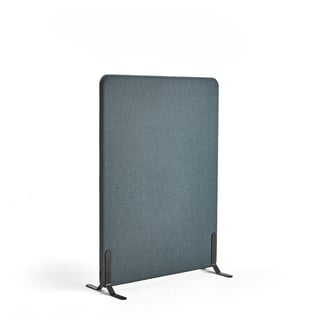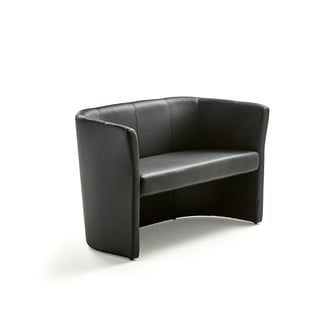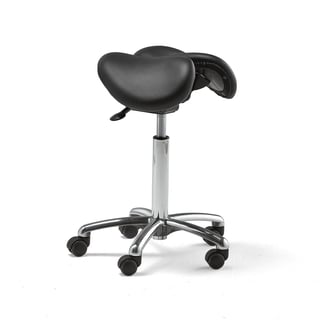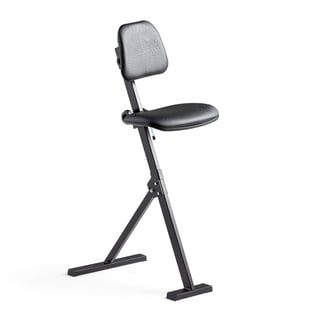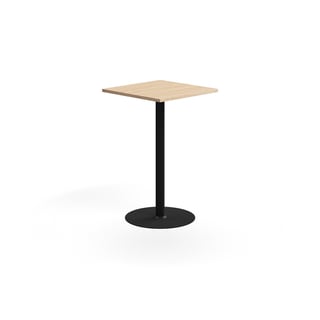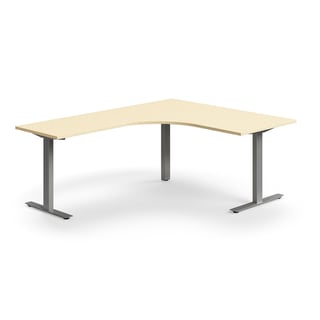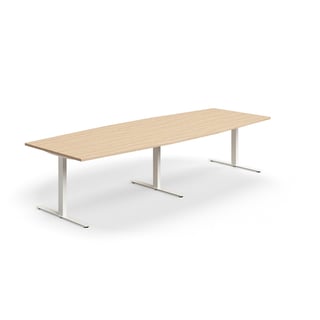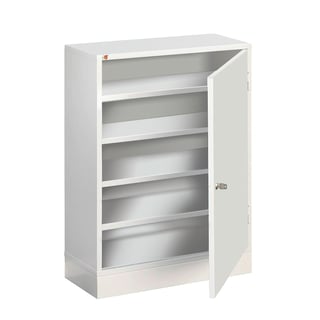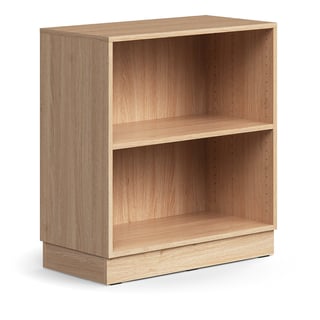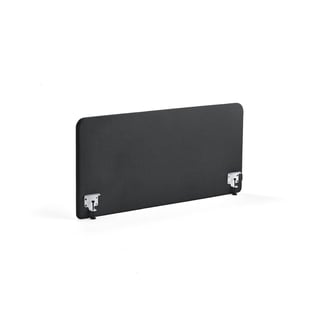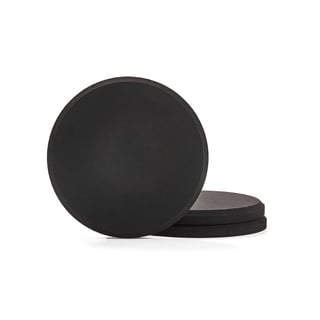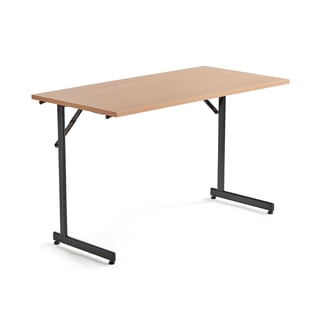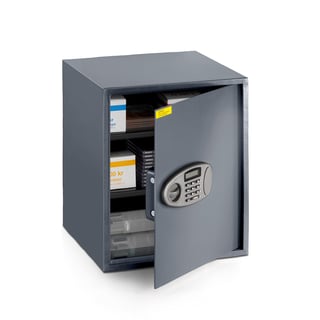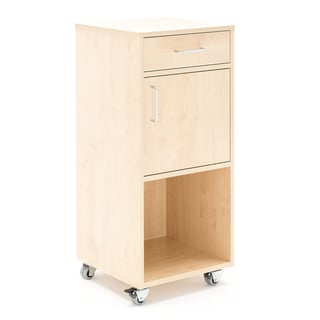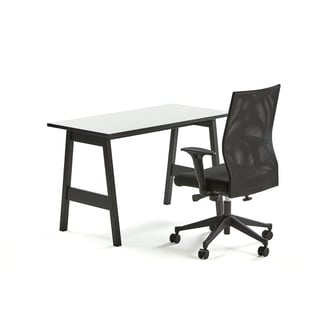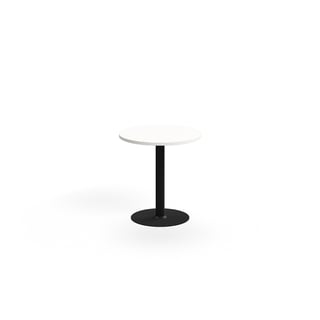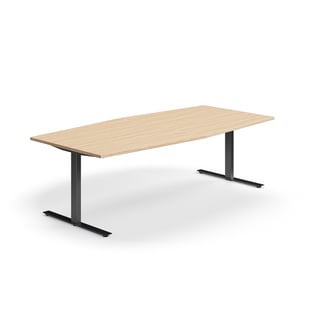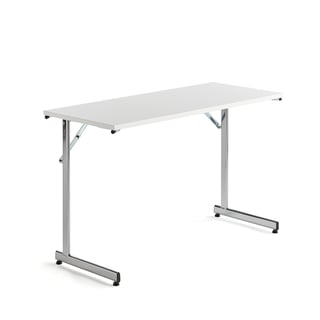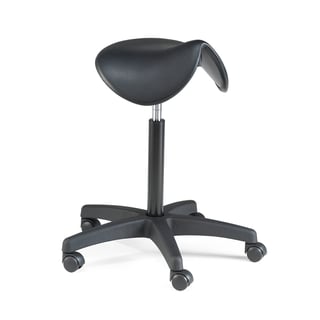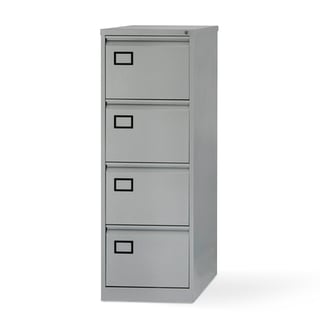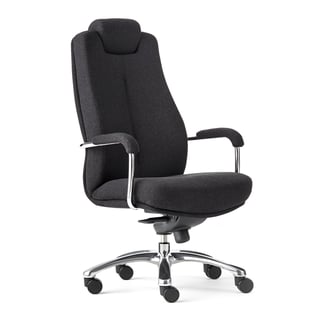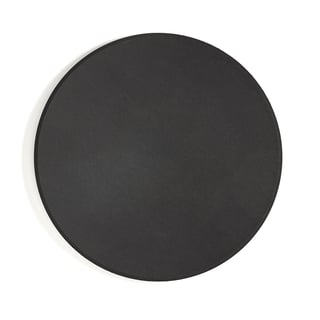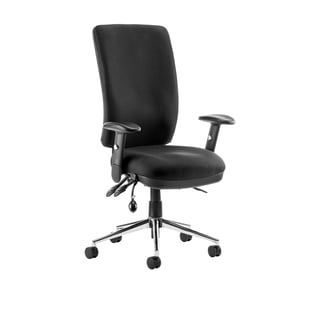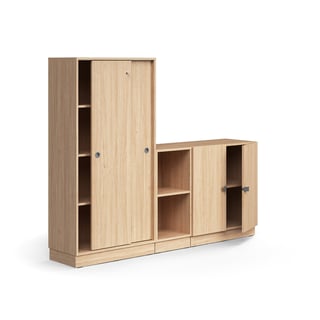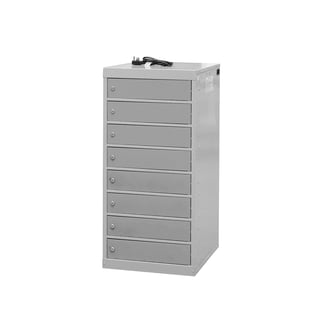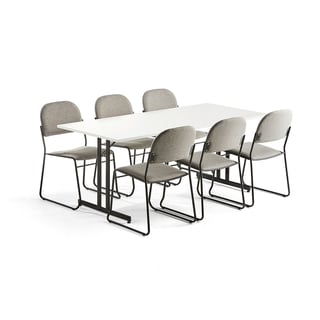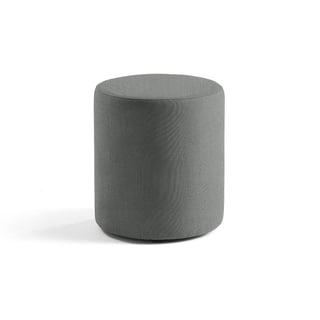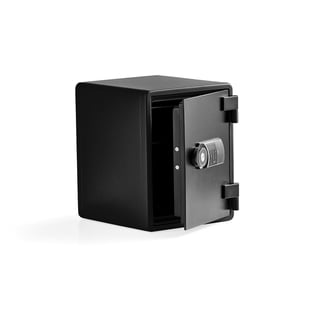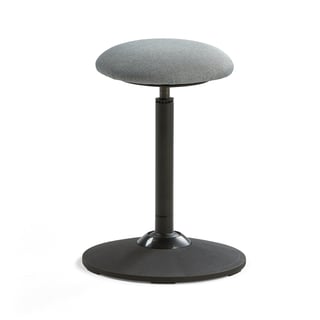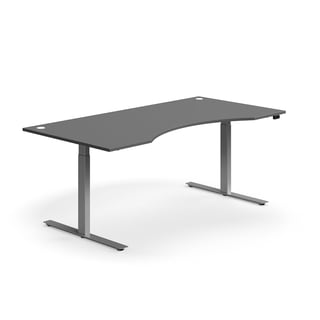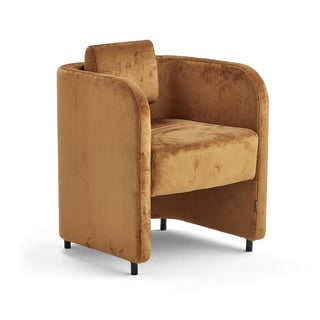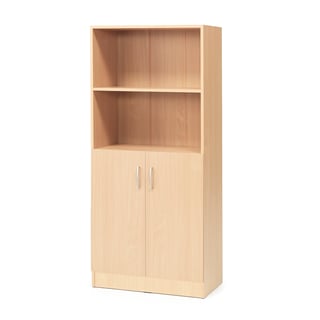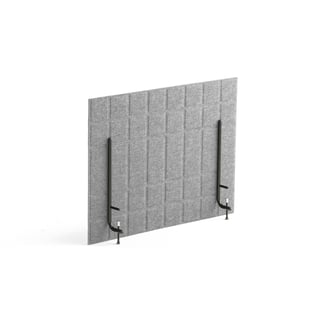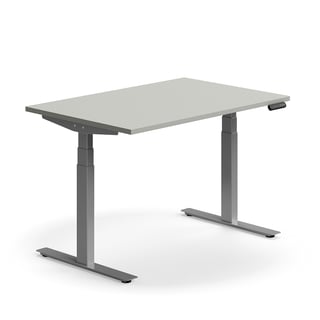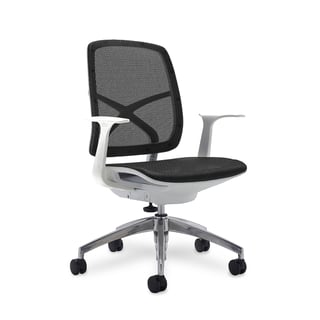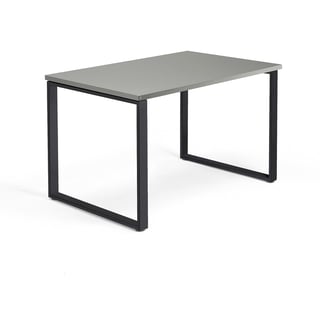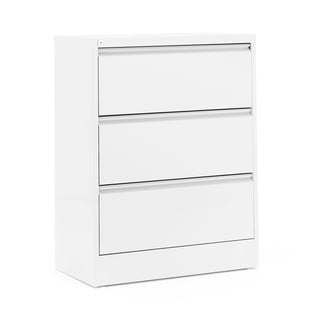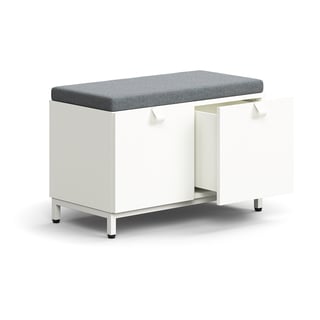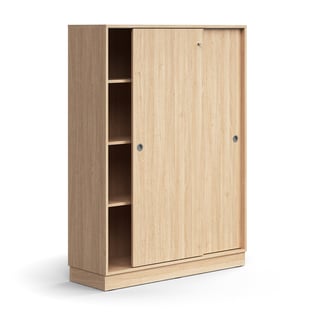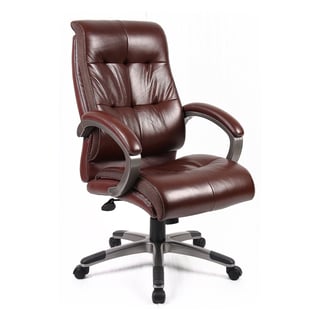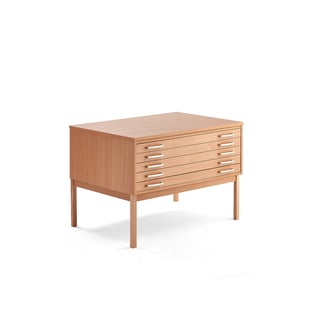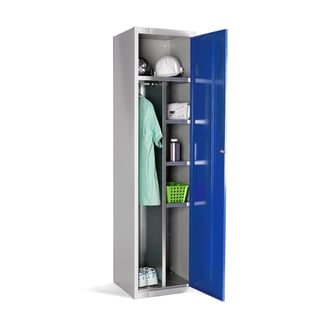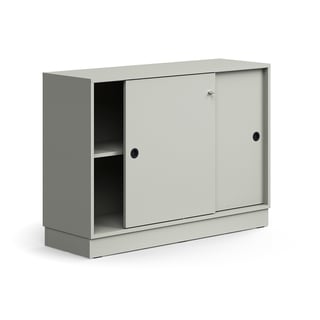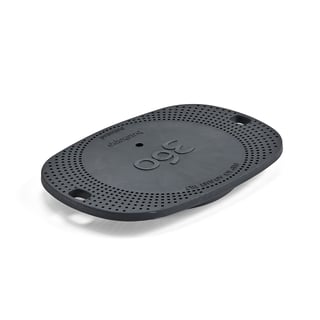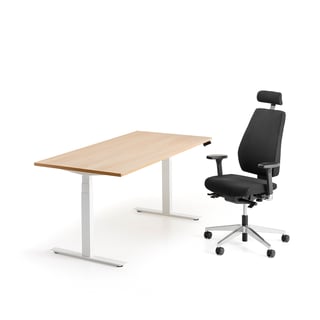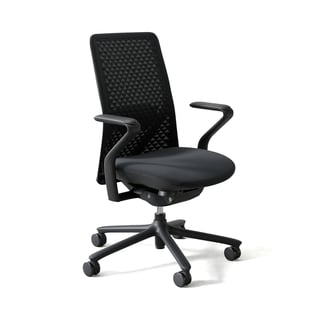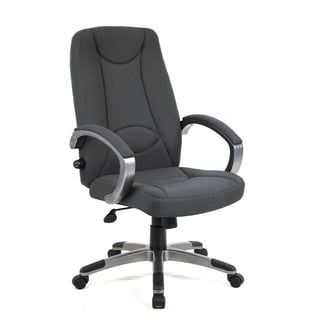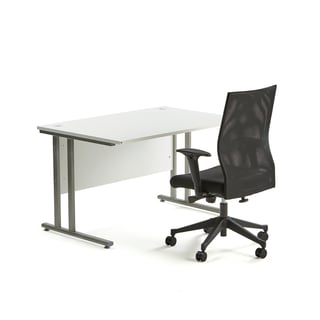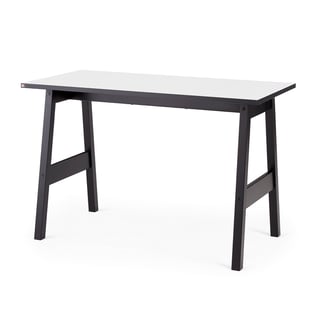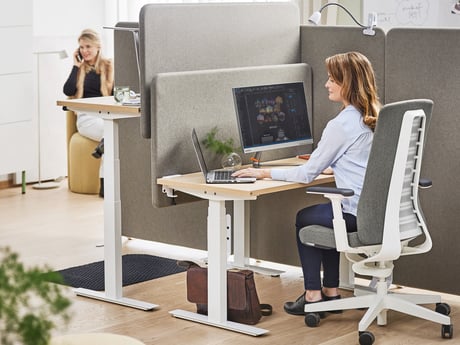- AJ Products IE
- Blog
- Ergonomics in the workplace
- Types of Office Layouts: Which One Works Best for You?
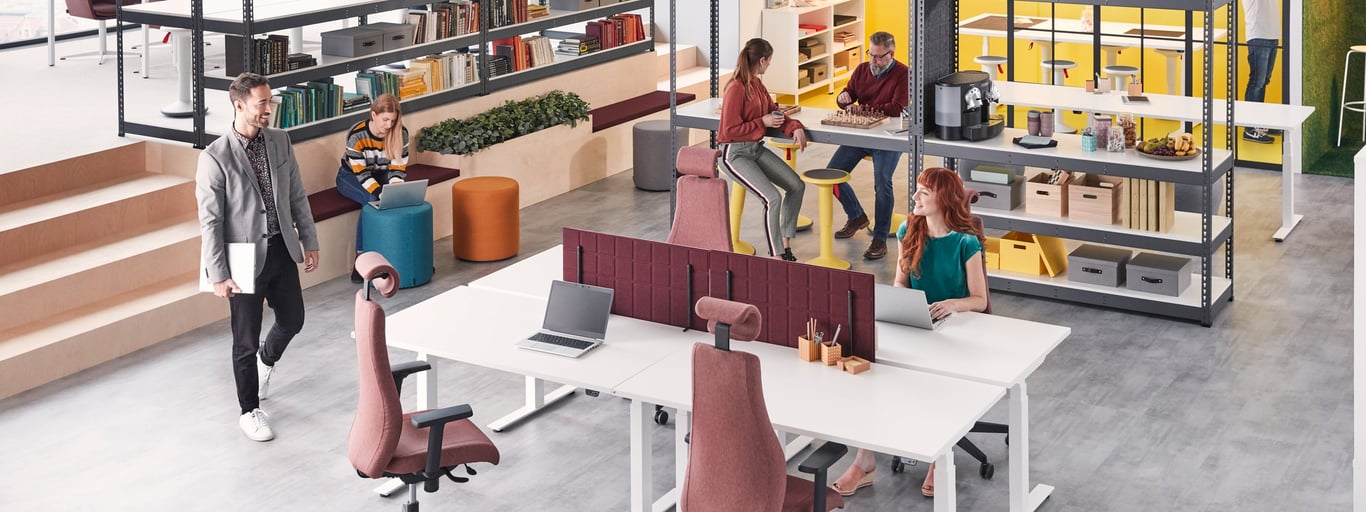
Types of Office Layouts: Which One Works Best for You?
The way we design our offices has a huge impact on how we work, communicate, and feel throughout the day. Different office types affect us in many different ways and can be crucial for, for example, efficiency, concentration and communication. And these days there are many different options, from coworking spaces to activity-based offices. So the question remains: which office type suits your work?
Today's office has evolved enormously in recent years. There is a before and after the pandemic, but even before that, the classic office had taken on new forms. The open office landscape, for example, has broadened but at the same time also become niche. The creative, open office invites dynamic work with many people on the move, while a coworking space can accommodate many people in the same space - but where everyone works for themselves.
In this guide, we’ll walk you through the most common office types and help you decide which setup and which furniture, will best support your team’s needs:
Private offices (Cellular offices)
Private or cellular offices are traditional office layouts where employees work in individual rooms or share a small office with just a few colleagues. Though less common in modern open-plan environments, private offices are still the best choice for certain tasks and work styles.
Benefits of a private office layout:
-
Lower noise levels – Ideal for roles that require silence and minimal interruptions.
-
Perfect for focused work – Suitable for tasks that involve detailed analysis, complex calculations, or confidential projects.
-
Fewer visual distractions – Helps employees maintain concentration without being disturbed by the busy environment of an open-plan office.
-
Private conversations – Offers a quiet, enclosed space for sensitive discussions with clients or colleagues.
Furniture tip: Choose ergonomic desks and task chairs that support long periods of concentrated work. Consider adding lockable storage cabinets for documents and acoustic panels for extra soundproofing. A meeting table or visitor chairs may also be useful for client-facing roles.
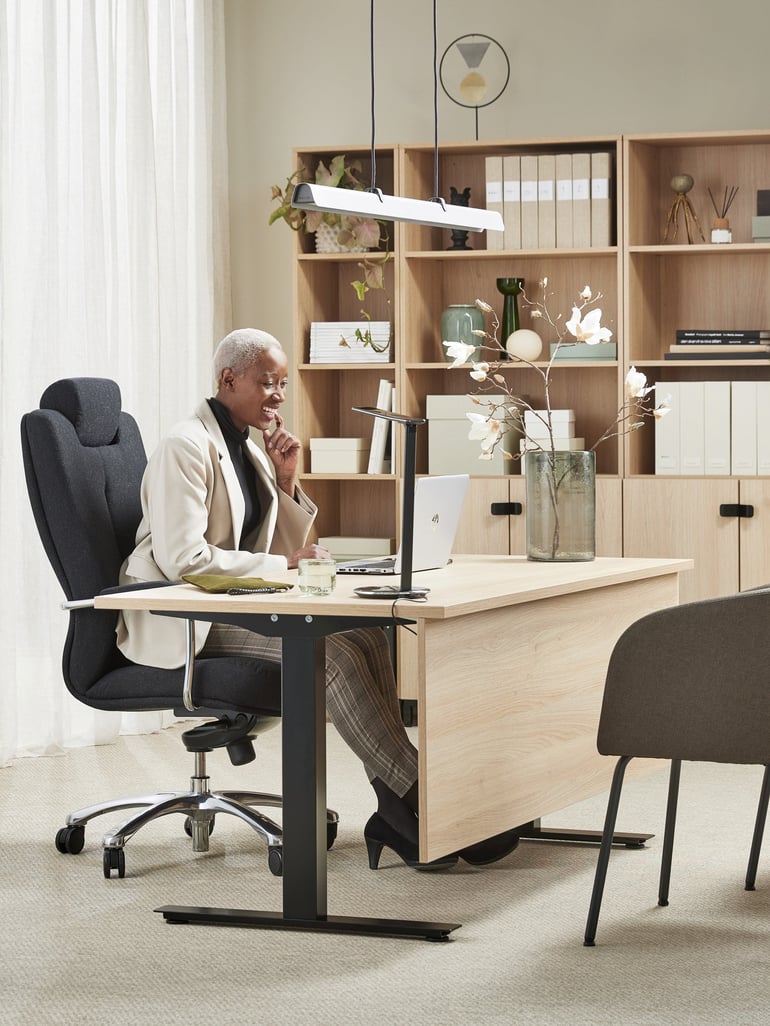
Activity-based office
An activity-based office (ABW) is designed to support a variety of work tasks by providing dedicated zones for different activities – from focused solo work to team collaboration, meetings, and even informal catch-ups or quiet breaks. This flexible, dynamic environment encourages movement and empowers employees to choose a setting that suits their task. Benefits of an activity-based layout:
Furniture tip: Modular furniture is key to flexibility. Invest in mobile sit-stand desks, breakout seating, acoustic pods, and collaborative tables. Lockers are a smart solution for personal storage in shared spaces, and whiteboards or glass boards support creative thinking and teamwork.
- Boosts productivity – Staff can select the space that best matches their current task, whether it requires concentration or collaboration.
- Encourages healthy movement – Switching between work zones promotes better posture and supports ergonomic best practices.
- Improves communication – Open and shared spaces help break down barriers between teams, encouraging spontaneous conversations and idea sharing.
- Ideal for growing teams – Especially suitable for medium to large businesses with varied roles or project-based work.
Open-plan office
The open-plan landscape is one of the most common modern layouts, offering a cost-effective and space-efficient solution. By removing physical barriers between desks, this design encourages a more connected and collaborative working culture. Benefits of an open-plan office:
- Promotes team cohesion – The open space makes it easier for employees to interact, helping to build a stronger sense of community and organisational culture.
- Encourages communication – Ideal for teams that rely on quick decision-making and regular collaboration.
- Maximises space – Without partitions or enclosed rooms, the layout makes full use of available floor space and can be easily adjusted as the team grows.
- Great for collaborative work – Best suited to roles that involve shared tasks, fast-paced projects, or high levels of coordination.
Hybrid office
A hybrid office blends different workspace styles, often combining flexible desk areas, quiet zones, meeting rooms and collaborative spaces. It’s an ideal solution for businesses that support a mix of office-based and remote working - a model that’s become increasingly popular post-pandemic. Benefits of hybrid office:
- Appeals to today’s workforce – Many job seekers now prioritise flexibility when considering a new role, making hybrid working a key attraction.
- More efficient use of space – With employees splitting time between home and the office, businesses can reduce the number of permanent desks and cut down on rental and running costs.
- Improves productivity – People can choose to work where they focus best: from home for concentration-heavy tasks and in the office for meetings, brainstorming or team collaboration.
- Supports wellbeing and work-life balance – Offering employees the autonomy to shape their week leads to greater job satisfaction and engagement.
Furniture tip: Choose modular furniture and hot desks that can be easily reconfigured for different users. Combine this with ergonomic seating, acoustic panels and secure personal storage to support a flexible, shared environment.
Coworking spaces
Coworking has seen rapid growth in recent years, becoming a popular choice especially among freelancers and small businesses who want a professional workspace without the cost of a private lease. These shared offices offer a professional setting combined with a sense of community. Benefits of coworking spaces:
- Encourages networking – Working alongside people from different industries can spark new ideas, partnerships, and opportunities.
- Boosts productivity – The creative, design-led environments often found in coworking hubs can be inspiring and help improve focus and motivation.
- Flexible and cost-effective – With access to shared amenities, private offices, and hot desks, coworking offers a scalable, budget-friendly alternative to traditional office rental.
- Ideal for independent workers – Suited to freelancers and remote workers who want structure, social interaction, and a clear separation between home and work life.
Explore our ergonomic range of office furniture:
Need help? Ask our experts!
We at AJ Products are always available to help you with solutions suited just for your business. Contact us if you have questions on the choice of fabric, need some inspiration or want to know the alternatives that would best suit your premises. We can then tell you more about your choices.Get the latest product launches and offers sent direct to your inbox
Do you want to receive exclusive offers, information about new products and inspiration on how you can improve your workplace? Sign up for our free newsletter and be the first to receive our best offers.Please wait...
*By clicking subscribe, I confirm that I have read the privacy policy.

